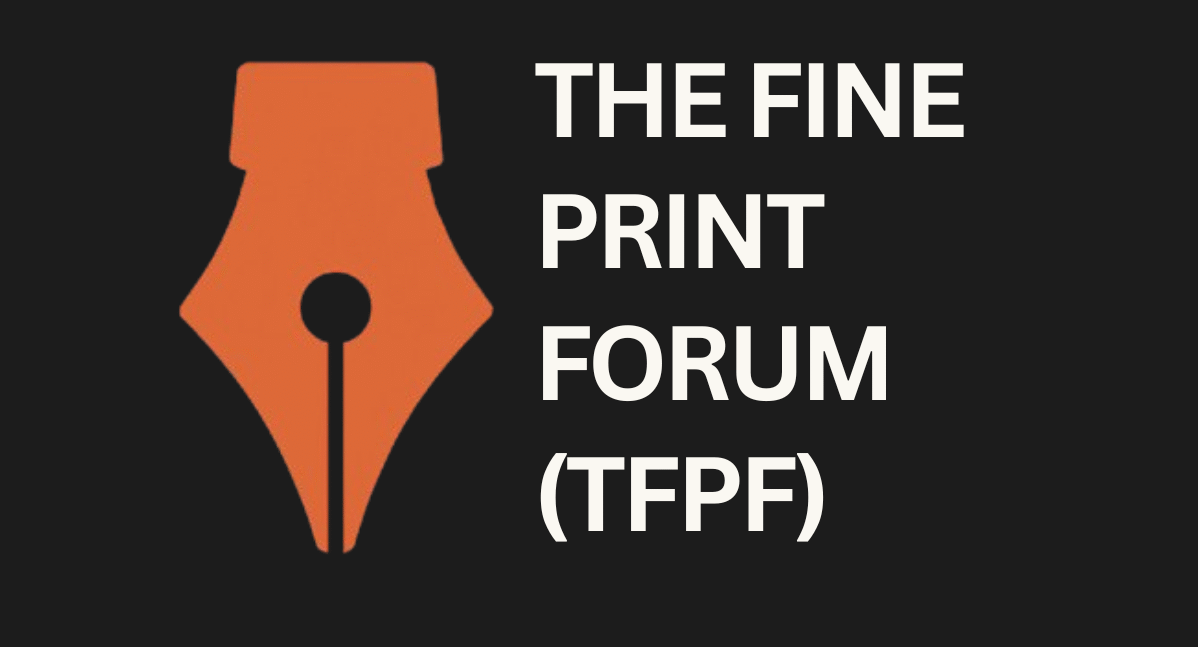Separate Legal Personality vs. Accountability: A Corporate Law Analysis

Author: Lakshya Bansal, 4th-year B.B.A. LL.B. (Hons.) student at Symbiosis Law School Pune
INTRODUCTION
The most renowned principle of company law related to the corporate veil was developed through the UK case of Salomon v Salomon & co. Ltd., where Solomon, who was a leather merchant, transferred his business to a company named Solomon & co. Ltd. in exchange for debenture worth 10,000 pounds, and he was the secured creditor in that business. At the time of winding up due to loss, Solomon claimed his preferential right because other creditors were unsecured creditors. However, the liquidator said he could not claim preferential rights; the House of Lords, in this case, laid down that it was the debt of the company, not of Solomon, and the company is a legal entity distinct from all the members who took part in its incorporation.
This principle emerged as a corporate veil, which saved members liable for any act committed by them that was against the public policy or law behind the name of the company. The concept of corporate veil refers to idea that there exist a veil between a corporate entity and its members separating them from each other. The concept has been used by the courts to differentiate between the personality of company and its members particularly in the cases in which the company undertook an activity contrary to law or public policy but the court did not find it fair to punish the members for the act of the company.
In India the concept was adopted through cases like Tata Engineering Locomotive Co. Ltd v. State of Bihar & Ors, where the supreme court laid down that a corporation is perceived as a natural person, it has its separate assets which cannot be claimed by any shareholder; liability, if any, cannot exceed to what they have agreed in memoranda by virtue of shares held by them. During the time of the Solomon case, courts were reluctant to remove this corporate veil, as also laid down in Creasey v Breachwood Motors Ltd., which was leading to cases of fraud under the name of the company.
However, the concept was found being misused by directors and members of the companies by filling their personal pockets by acting through the company. Hence the concept of lifting the corporate veil, i.e., eliminating the difference between company and its directors or members emerged, in the interest of society and to safeguard the society from the acts of directors or members committed through the company in company’s name to bypass the liability. In this blog, the author intends to explain the concept of lifting this ‘corporate veil,’ rationale of its introduction and how it has evolved in India. The author also provides certain recommendations to improve the implementation of the concept.
LIFTING OF THE CORPORATE VEIL
This concept of separate legal personality was argued, and lord Halsbury asserted that there was “no fraud and no agency and if the company was a real one and not a fiction or myth.”[1] The reason for coming up with such exceptions was that companies have separate legal personalities, and no shareholder can be made liable because if he has no specific ownership of the shares, then why would he be liable for acts of the company? However, separate legal title is just a fiction in certain cases; it cannot be disregarded that in every decision, it is the shareholders who are involved. Furthermore, they are the ones who benefit from the profits of the company, and therefore, this protection of the corporate veil can be potentially misused by the shareholders. In Gilford v Horne and Jones v Lipman, the court reasoned that if the intent is to defraud the plaintiff of his rights, such a company should not be allowed to be incorporated.
In The Workmen Employed in Associated Rubber Industries Limited, Bhavnagar v. The Associated Rubber Industries Ltd., Bhavnagar and another, a company was incorporated by the principal company wholly with the purpose of splitting the profits and to reduce the liability of paying a bonus to the workmen. The court held that the purpose of the formation of the new company was to defraud the workmen, and therefore, the court lifted the corporate veil. In Kapila Hingorani v. State of Bihar, the court held that, although the government is not liable for every action of the PSU but whenever the PSU fails to perform its constitutional duties that time state government owes the responsibility. In BSN (UK) Ltd. v. Janardan Mohandas Rajan Pillai, the court explained when to lift the veil of corporate personality; “when a corporate personality is used to cover the wrongdoings of the company, for example, evasion of tax, then the corporate veil is lifted to find out the truth behind the fiction. The judiciary heavily relied on the above-mentioned ground to lift the corporate veil.
THE CHANGING PERSPECTIVE IN INDIAN LAW REGARDING PUNISHMENT FOR CORPORATE ENTITY
The court discussed this question in The Assistant Commissioner, Assessment-II, Bangalore and Ors. vs. Velliappa Textiles Ltd. and Ors., where the court showed its reluctance to punish a company for imprisonment; in cases where punishment as per law is imprisonment plus a fine, the court finally adjudicated that a fine shall be imposed in such cases; through this, it upheld the ruling of M.V. Javali vs. Mahajan Borewell and Co. and Ors. It is similar to what Blackstone said in his commentary: “Company cannot be punished in a manner how an individual is punished.”
Therefore, this shows that Indian courts are reluctant to punish companies with imprisonment because of challenges in the practical implementation of it. In Dilip Hariramani vs. Bank of Baroda, the Supreme Court made a contradictory opinion; it held that if the offense is committed by a company or firm as the primary offender, then a member working as the mind of the company can be punished for imprisonment mentioned in the act. However, imprisonment can be imposed on the person running the company. This principle was evolved in Lennard’s case by lord Haldane, who asserted that a person may be called an agent of the company because he is directing the will and is the centre of the company. In Nitu Gupta and Ors. vs. State of Odisha, in para 20, the court made it clear that a person acting as the mind of the company cannot escape from punishment of imprisonment just because we have a principle that companies cannot be practically punished for the same. Therefore, in this case, Company is liable for imprisonment under section 420. Therefore, these judgments have created an exception within the rule, upheld through judgments like M.V. Javali vs. Mahajan Borewell and Co. and Ors., where courts preferred removing imprisonment part from the punishments where fines and imprisonment were a part of the punishment.
CONCLUSION
The analysis made above shows how the corporate veil was created and how the judiciary, to save the public interest, made an exception within Solomon’s principle. However, there are some suggestions that need to be taken into consideration to simplify this law and improve the implementation.
- While lifting the corporate veil, the judiciary should think reasonably and logically rather than going into technicalities of law.
- There should be no strict rules or boundaries created through judicial pronouncement; otherwise, the result will be similar to the Prest case, where the court showed its reluctance to pierce the corporate veil in cases where there is no tax evasion and denied allowing to consider property held by Mr. Pest in the company as his personal assets for alimony.
- The judiciary should, rather than deciding every case on discretion, settle with some principle and try to ensure uniformity in the judgments. Settling with some principles doesn’t mean restricting future pronouncements on some specific set of guidelines, which was done by the court by defining how and when the veil should be lifted in Adam v Cap Industries Plc. Rather, the ultimate purpose is to protect the public interest, and that should be followed.
[1] George Ashe, Lifting the Corporate Veil: Corporate Entity in the Modern Day Court, 78 COM. L.J. 121 (1973).


